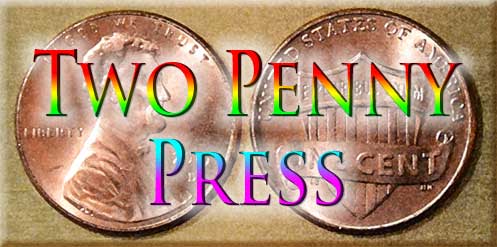Cayuga
Although I call this city Frank, it’s got other nicknames: Fog City; the Paris of the West; 415. Herb Caen called it Baghdad by the Bay. In general, we agree that it is not Frisco, though sometimes it is frisky. President William Howard Taft, during a luncheon at the Cliff House in 1911, when talking about the upcoming Panama Pacific International Exposition, called this town “The city that knows how.”
Lisa Erdos, a longtime reader of this column, calls S.F. “The city that tries so hard.” True, but maybe we should call this shining village on the hill, “The city where nothing’s ugly.”
Oh, things may start out as ugly, but San Francisco manages to make even the most profane into the sublime. Or sometimes just quirky. This is, after all, a city that names streets after prostitutes. Minna and Cora, for example, were Barbary Coast sex workers, in an age where a hundred brothels thrived in the City by the Bay. The story goes that Minna Rae Simpson visited London, became friends with J.M. Barrie and the character named Wendy in “Peter Pan” was based upon her.
Along with its Golden Gate Bridge and Palace of Fine Arts, San Francisco has its share of clunkers, edifices with architecture but no art. For every Coit Tower there is a Vaillancourt Fountain, thrown together in the style a of art aptly called “Brutalism.” My son Aidan’s personal least favorite skyscraper is the Salesforce Tower, which he refers to as the Penis Building.
But I work in, arguably, the least attractive structure in the city: the Hall of Justice. If you ever watched an episode of “Super Friends,” you know what a true Hall of Justice should look like. But no, ours is just a gray cement building with some of the same problems as I have. Like me, it’s cornerstone was laid in 1958 and, like me, six decades later, the plumbing is shot.
But San Francisco takes ugliness, even disaster, and makes it into something heroic. When City Hall fell apart during the great fire after the great earthquake of 1906, we built a beaux arts palace of the people. Our City Hall is the tallest rotunda dome in the nation, higher even than the U.S. Capitol.
(Yes, this is a town where we still haven’t figured out how to help the homeless, but we try. We had the lowest death rate of any city in the coronavirus pandemic because we wore masks, we kept our distance and we cared.)
Heck, we even have Sutro Tower, which, when rising over the mist atop Twin Peaks, looks like a frigate sailing out to sea. We took a cemetery and made it into the Legion of Honor.
This theme extends to a dead-end street in the Inner Outer Excelsior: Cayuga Park. Odds on are if you’re reading this column you’ve driven above this park on your way up I-280 North.
Demetrio Braceros emigrated from the Philippines in 1973 and took a job with Recreation & Parks. In 1986, they assigned him to the 4-acre Cayuga Park to “change the atmosphere.” In a playground surrounded by weeds and gang graffiti, he came upon fallen Monterey Cypress trees and began carving: statues, shrines and totem poles, and would eventually produce 376 of them: a “Garden of Eden” pathway, a “Trail of Hope,” figurines made of abandoned bicycles, shrines to the Madonna, tributes to Barry Bonds and sitting logs in the shape of Wonder Woman. Carved into some of the figures are messages, such as “Education is life” and “Let there be light!”
As for atmosphere, Cayuga Park is not all Zen peace, or the Japanese Tea Garden. As my husband Brian, my dog Queenie and I walk around it, the BART train above us screeches and howls, reminding us that we are still in a conurbation.
If I was a philosopher, I’d say that there are honking horns even in paradise. But there are also jacarandas in purgatory.
Here’s where we are all San Franciscan: Each of us finds beauty in the detritus. Even in our corner of the Outer, Outer, Outer, Outer Excelsior, we plant California lilacs. We xeriscape with glass to create a rainbow. We make art out of what we can, where we can. And when we smell the lavender, or the jasmine we have planted, we know why we have made this city home.
Frank is no less mundane than any other metropolis; we just work harder at the magic.
